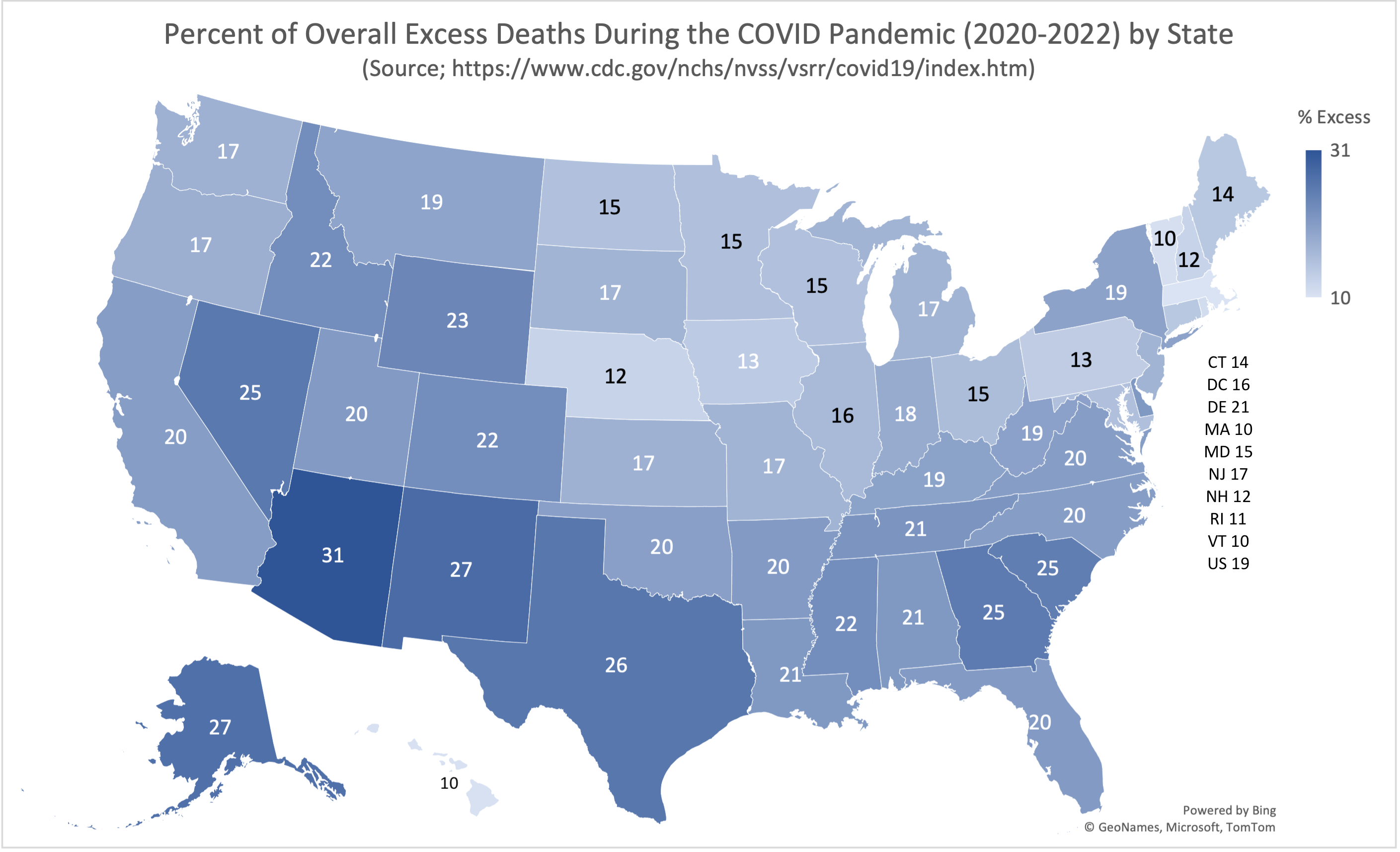The Arizona Department of Administration will be breaking ground in the next few weeks on a new facility on the grounds of the AZ State Hospital that will provide ‘bridge housing” for persons with behavioral health needs. The facility will have a separate (physically attached) outpatient behavioral health service setting. When completed, it’ll have capacity for approximately 70 persons (w/privacy).
Residents will not be required to be in treatment to access housing services. According to a PowerPoint from AHCCCS, it’ll have 24/7 shelter staff for supervision & security. Housing & services will be available by referral only (no walk-up services).
There will be common areas for reception, food service (no food preparation on site), laundry, conference/group activity rooms, patio; personal storage; private space for delivery of wrap-around supportive services and home-based services. I’m told COPA Arizona Behavioral & Mental Health Services and Central Arizona Shelter Services will be operating the facility, which will be located on ‘Bower Park’ part of the ASH Campus (NE corner of 24th Street and Van Buren).
Editorial Note: You may recall my blog from last month where I urged ADHS and ADOA to clean up the terrible dead landscaping in this area of the State Hospital: Call to Action: Clean Up the AZ State Hospital Grounds. There are acres and acres of very large dead trees (some falling over) creating a community eyesore that’s disrespectful to patients, families, and the community.
The acres of dead grass and weeds have since been trimmed (reducing the fire risk) but there are still dozens of dead, falling trees on campus. My source assures me that the dead vegetation will be addressed when groundbreaking actually starts in the next few weeks (I actually saw some prep equipment when I drove by this afternoon).







